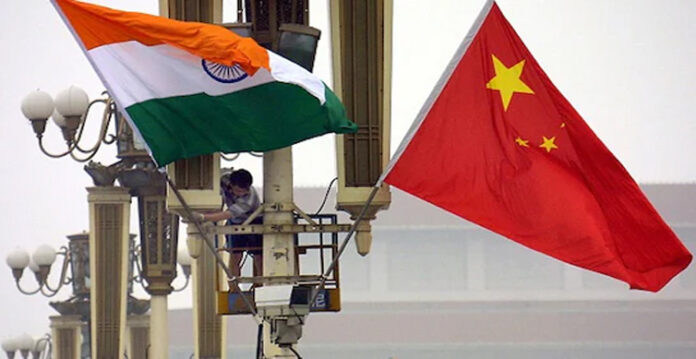The latest Global Trade Update by UN Trade and Development (UNCTAD) paints a mixed picture of the global economy, highlighting strong trade expansion in developing nations, particularly India and China, even as the world braces for potential economic headwinds. While global trade grew by nearly $1.2 trillion in 2024, reaching $33 trillion, concerns over trade imbalances, geopolitical tensions, and protectionist policies loom large in 2025.
China and India stood out as engines of trade momentum in the fourth quarter of 2024. Both nations recorded higher-than-average trade expansion, defying the sluggish performance seen in many developed economies. India’s quarterly imports in goods grew by 8%, with an annual increase of 6%, while its quarterly exports growth in goods stood at 7% and annual exports growth at 2%. Similarly, China maintained strong export growth, contributing to its widening trade surplus.
Meanwhile, several developed economies faced trade contractions. The European Union, Japan, Russia, and South Africa reported negative import growth trends, while the United States saw export growth turn negative despite maintaining positive import growth. South Korea, which had previously exhibited strong export momentum, witnessed a deceleration in the final quarter of 2024.
Also Read: The India-UK Free Trade Agreement: A Gateway to Prosperity
Beyond goods trade, services trade continued its upward trajectory, albeit at a slower pace. India and South Africa remained leaders in services trade growth, with India recording a 7% quarterly import increase and a 10% annual rise, while services exports also grew by 10% annually. However, the report warns that the positive trend in services may be plateauing across most economies.
The widening trade imbalance remains a key concern. The United States’ trade deficit expanded, while China’s surplus grew due to robust exports and steady demand. This imbalance, coupled with the evolving global trade policies, signals potential disruptions ahead. The report also notes a noticeable decline in container shipping demand in early 2025, as indicated by a sharp drop in the Shanghai Containerized Freight Index.
Looking ahead, the global trade landscape faces multiple challenges. Mounting geo-economic tensions, increasing protectionism, and trade disputes could disrupt stability in the coming quarters. While India and China have shown resilience in trade expansion, sustaining this momentum amid geopolitical uncertainties will require strategic policymaking and adaptive economic planning. The world will be closely watching how these economic giants navigate the turbulent waters of global trade in 2025.
(This story is sourced from a third-party syndicated feed. Raavi Media takes no responsibility or liability of any nature. Raavi Media management/ythisnews.com can alter or delete the content without notice for any reason.)


